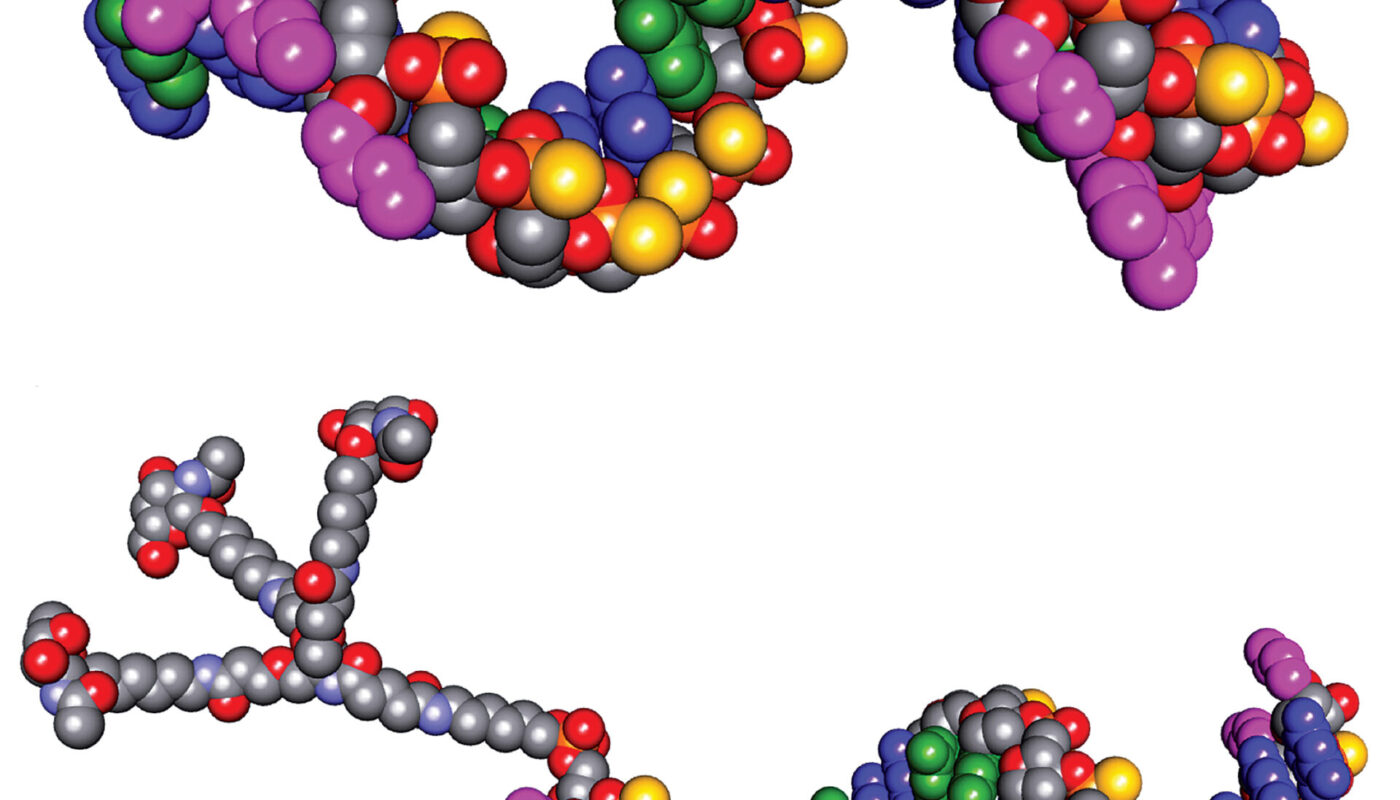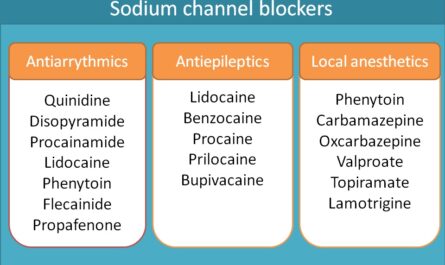Antisense Oligonucleotides: A Novel Therapeutic Approach
Antisense oligonucleotides offer great promise as a new therapeutic modality for various diseases. By selectively targeting messenger RNA (mRNA), they can alter protein expression and modify disease pathways at the genetic level. Let’s take a deeper look at this exciting new class of drugs.
What are Antisense Oligonucleotides?
Antisense oligonucleotides, also known as ASOs, are short synthetic sequences of DNA or RNA that are designed to selectively bind to target mRNA through complementary base pairing. This binding prevents the mRNA from being translated into the resultant disease-causing protein. As their name suggests, ASOs work in an “antisense” manner by targeting mRNA in a sequence-specific fashion.
Types of ASOs
There are different t
ypes of ASOs based on their chemical composition:
– Phosphorothioate ASOs: One of the sulfur atoms in the phosphate backbone is replaced by sulfur. This increases resistance to degradation and binding affinity.
– Morpholino ASOs: Phosphate atoms are replaced by morpholine rings. This also increases degradation resistance.
– Locked Nucleic Acids: Specific nucleotides contain a methylene bridge that locks them into a rigid conformation. This enhances binding affinity and specificily.
Mechanism of Action
When administered, ASOs are systematically distributed throughout the body. They enter target cells either by direct cell interaction or receptor-mediated endocytosis. Inside cells, ASOs bind to complementary target mRNA sequences via Watson-Crick base pairing.
This binding recruits RNase H, an endogenous endonuclease enzyme. RNase H degrades the mRNA strand bound to the ASO, preventing it from being translated into the disease-causing protein. As a result, protein expression is selectively reduced, modifying the downstream disease pathway.
Therapeutic Applications
Researchers are evaluating ASOs for various diseases with clear genetic drivers. Here are some areas showing promise:
1. Neurological Disorders: ASOs are in clinical trials for spinal muscular atrophy, amyotrophic lateral sclerosis, and Huntington’s disease. By knocking down specific genes involved in motor neuron degeneration or protein aggregation, symptoms could potentially be alleviated.
2. Cardiometabolic Diseases: ASOs are being studied for conditions like dyslipidemia and NASH where targeting disease genes like APOC3 and ANGPTL3 may improve lipid profiles and liver function respectively.
3. Ocular Diseases: Studies suggest ASOs for retinitis pigmentosa and age-related macular degeneration may help preserve vision by inhibiting genes associated with photoreceptor cell death.
4. Genetic Disorders: Caused by mutations in single genes, inborn errors of metabolism like transthyretin amyloidosis are prime targets. ASOs inhibit production of destabilized proteins that deposit abnormally.
Clinical Progress and Challenges
Several ASO drugs have now been approved to treat conditions like spinal muscular atrophy and familial cholesterolemia. However, obstacles remain around delivery, off-target effects, and identifying optimal gene targets. Scientists are engineering new ASO chemistries and formulations to strengthen binding, reduce side effects, and expand the druggable genome.
With their exquisite specificity and ability to finely tune protein output, ASOs hold great promise as a therapeutic revolution. As research advances, they may deliver treatments for numerous currently untreatable genetic diseases in the years to come. Overall, Antisense oligonucleotides represent an exciting new branch on the tree of life-saving medicines.
Note:
1. Source: Coherent Market Insights, Public sources, Desk research
2. We have leveraged AI tools to mine information and compile it


